Rejection is not the destination, it’s part of the journey.
For a writer, rejection is part of the game. Short of never submitting your work, rejection letters will fill your mailbox.

It’s inevitable. Rejection implies other people know better than you. Their ability to critique objectively surpasses your own. However, history has proven that assumption to be false on countless occasions. Famous authors who’ve lived through rejection can easily attest to that. For example:
• J.K. Rowling’s manuscript of her first Harry Potter book was turned down by 12 publishers before Bloomsbury picked it up for an advance of just £1,500. • Dr. Seuss’ first children’s book was rejected 27 times before publication. • William Golding’s Lord of the Flies was rejected 20 times before being published.
• Agatha Christie struggled with rejection for four years before her first book was published.
• Jack Canfield and Mark Victor Hansen’s Chicken Soup for the Soul received 134 rejections.

• William Faulkner’s book Sanctuary was called unpublishable.
• John Grisham’s A Time to Kill was rejected by 16 publishers before finding an agent who eventually rejected him as well. Double whammy.
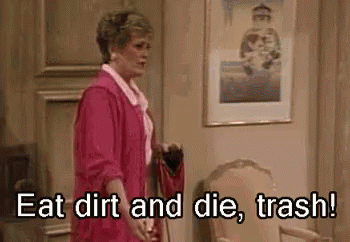
• James Patterson’s first work was rejected by more than a dozen publishers before an agent he found in a newspaper article sold it.
• H.G. Wells received a note from an editor who predicted, “I think the verdict would be, ‘Oh, don’t read that horrid book.’” Nevertheless, The War of the Worlds was published in 1898 and has not since gone out of print.
• “We are not interested in science fiction which deals with negative utopias. They do not sell.” Stephen King received this letter about Carrie. His first published novel was rejected so many times that King collected the rejection notes on a spike in his bedroom.
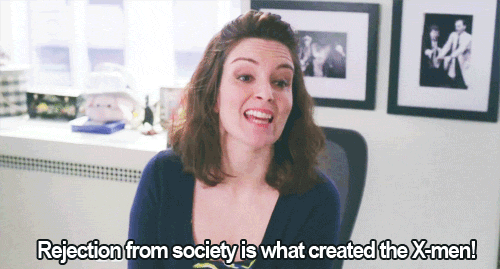
• “It is so badly written,” the letter said about Dan Brown’s The DaVinci Code.
• “Stick to teaching,” read Louisa May Alcott about Little Women.
• William Saroyan, American novelist, playwright, short story writer, and Pulitzer Prize winner for Drama in 1940, received a staggering 7,000 rejection slips before selling his first short story.
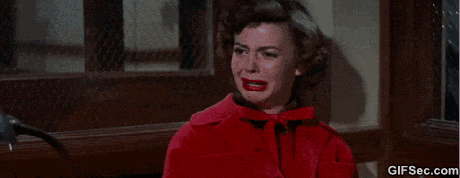
So you see, rejection is most likely the editor’s problem, not yours. But if rejection sometimes makes you want to curl up and cry—hell, we’re only human— then here are a few things to keep top of mind:
1. Rejection is not personal, it’s just business
Rejection is not a reflection of you as a person, or as a writer. It is only a rejection of a piece of writing you submitted. It’s a learning moment. It says nothing about your potential. Either a piece isn’t right for the publisher at that time, or it is not up to their standards. The first is something you can’t change; the second you can through practice.
An editor once insulted a future Nobel Prize winner: “I’m sorry, Mr. Kipling, but you just don’t know how to use the English language.” Rudyard Kipling we remember. The editor no one can recall.
2. Rejection hits even the best
As pointed out before, rejection happens to all writers, known and unknown alike. Persistence is your best ally. To further demonstrate: Zane Grey, who became one of the best-selling authors of all time, received this feedback on one of his early novels: “I do not see anything in this to convince me you can write either narrative or fiction.”
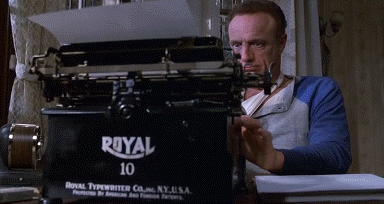
3. Rejection can be a guide
The best rejection is constructive rejection. Most editors provide little if no feedback. But when one does, learn from it. The more specific the feedback, the better it will guide you in the future. Oh, and do write a thank you note to the editor. He’ll appreciate it and remember you when you submit another piece.
4. Rejection is not proof of failure
Never ever let rejection define you as an unredeemable failure, it will kill your dream. Failure is only a precursor to success. Just keep writing, keep learning, and keep getting better. Visualize that future success every day, and transform your vision into reality. Your first published work may well be just around the corner.
p.s. Try avoiding pizza places when submitting your work. ☺
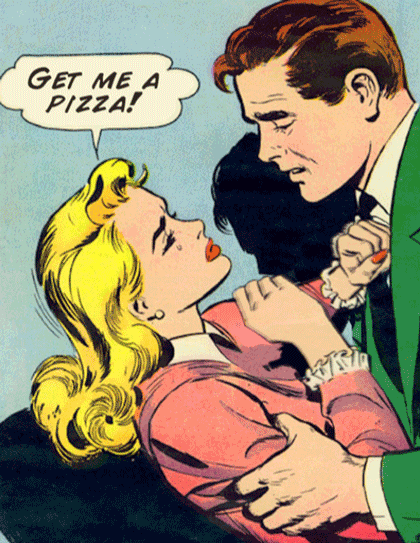
Inspirational video from J.K. Rowling:
A big thanks to Carl Daoust for this guest post. Carl is the author of The Boy Who Set Fire to the Bible and a Top 10 finalist in the 2015 edition of the World’s Best Story contest.

Book Website: www.boysetfiretobible.com
Check out a sample chapter of The Boy Who Set Fire to the Bible










